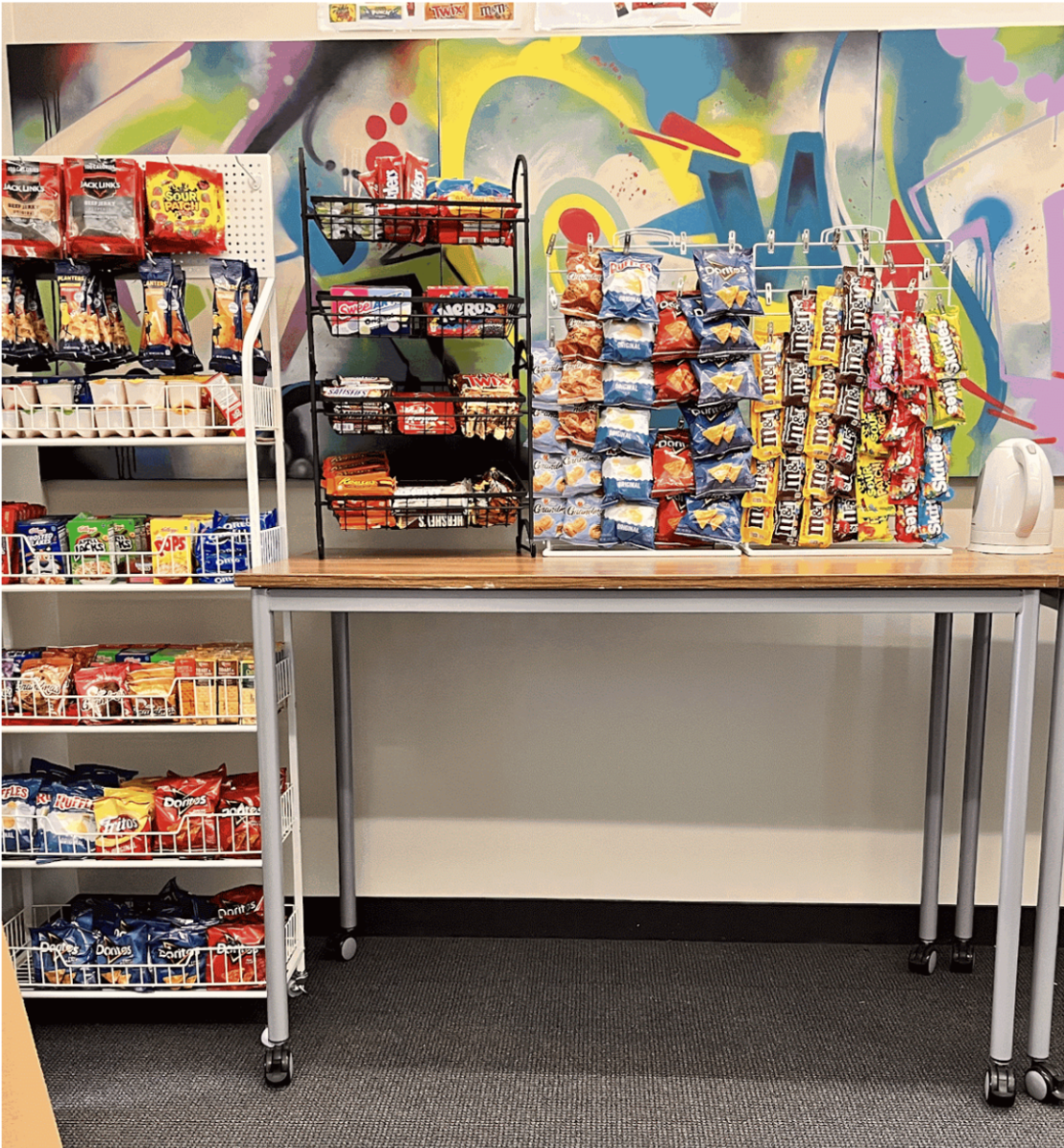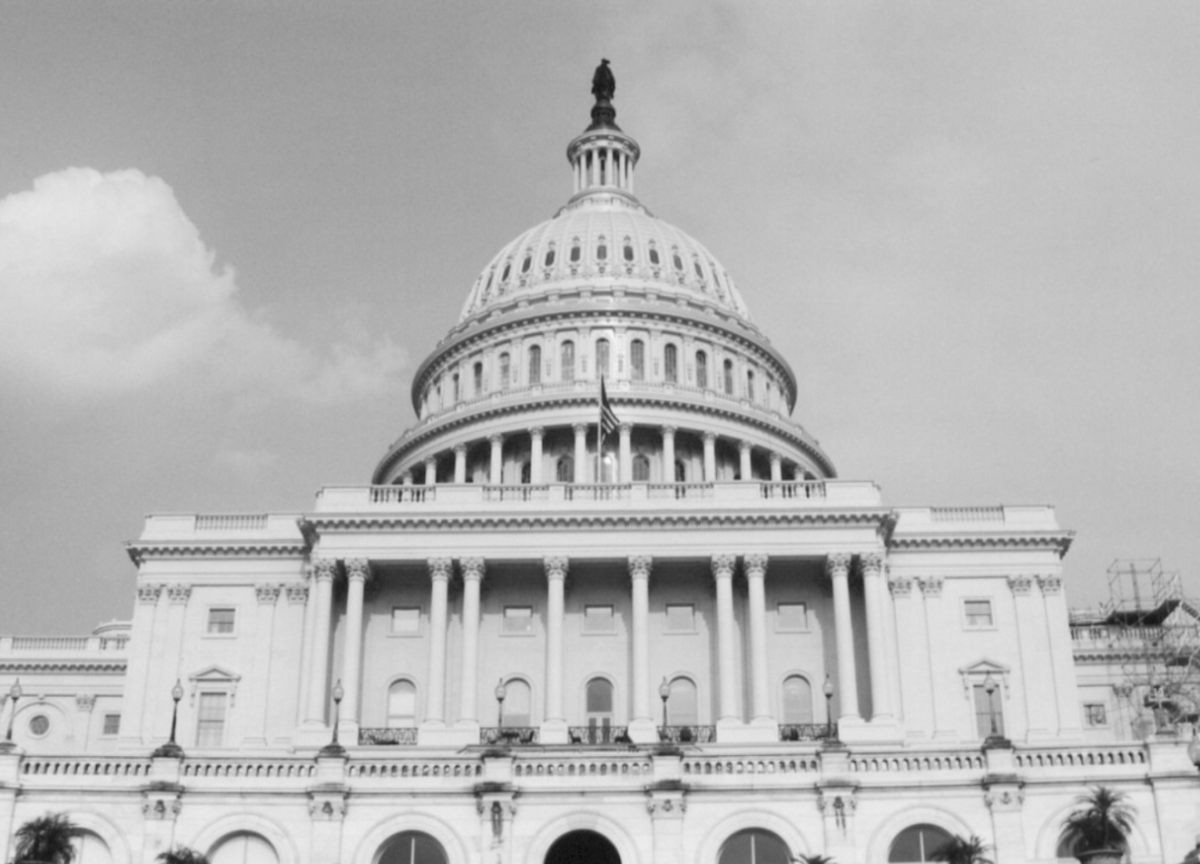When a joint is passed around at a party, Audrey has no hesitation in taking a hit.
“I don’t smoke [marijuana] to be cool, I smoke because I like how it makes me feel,” said Audrey. “It’s a drug so obviously I know it’s not good for me, but everything in moderation, right?”
Whether Audrey is ignoring the facts or is ignorant of them, most teenagers who light up seem unaware of the health risk involved.
“I think it’s okay to smoke weed sometimes,” said Grace. “It’s not an everyday habit so I’m not worried about my lungs. I exercise regularly so I know I’m staying healthy even though I smoke.
Research shows me that cigarettes are more damaging to your lungs and more addicting than weed. I’ve learned a lot about the effects of nicotine and I don’t want that to happen to my body.”
Despite the higher levels of nicotine in cigarettes, marijuana smoke contains respiratory irritants and carcinogens, or substances that increase risk of cancer. Marijuana smokers have similar breathing problems to tobacco smokers — chest colds, coughs, and bronchitis. In addition, marijuana users tend to inhale more deeply and hold their breath longer, causing more smoke to enter the lungs.
“Cigarettes contain nicotine, which is known to be addictive,” said Andrea C. Sello, MD. “Marijuana is also addictive. The younger one starts using these substances the more severe the cumulative effect of long-term use, and the harder it is to break the habit.”
Tobacco use is the leading preventable cause of disease, disability and death in the United States, according to the National Institute on Drug Abuse.
“As you know, ‘Cigarette smoking is bad for your health’ because it causes lung cancer and emphysema — which is a chronic progressive lung disease which causes difficulty breathing and the need for oxygen — and an increased risk of heart disease and stroke,” said Sello. “There are many other cancers associated with tobacco use — smoking or chewing as well — which include cancer of the mouth, throat and esophagus. There is also some link to breast cancer.”
Twenty percent of high school students nationwide were smoking cigarettes in 2007 according to the American Cancer Society.
“I don’t smoke cigarettes or drugs because as an athlete it compromises your lung capacity and I believe that it has no positive outcomes,” said junior Tiana Abdulmassih.
Cigarettes are not the only tobacco product teenagers are using and abusing.
“I smoked a clove cigarette at a party once with my friends because I thought they didn’t have as much tobacco as regular cigarettes, but I looked it up later and I was shocked at how unhealthy they are,” said Marissa. “Even though they are sweet and don’t have a strong tobacco taste, they’re equally as dangerous if not more.”
Djarum Black clove cigarettes have 10–12 mg tar and 1 mg nicotine, levels comparable to most regular cigarettes. The Family Smoking Prevention and Tobacco Control Act, legalized in June, bans the use of flavors in tobacco other than menthol, effectively outlawing clove cigarettes in the United States.
Smoking hookah, which uses a water pipe and flavored smoke, is another flavored option for teenagers.
“I’ve shared hookah with my family before so I don’t consider it that harmful,” said Grace. “I’ve heard it’s mostly water vapor, so it can’t be as bad as actually smoking.”
Assumptions like this could prove risky, because even after passing through water, hookah smoke still contains high levels of toxins and significant levels of nicotine. The daunting health effects of any sort of smoking are often ignored in favor of the seemingly beneficial side effects.
“Smoking doesn’t affect you as strongly as drinking does,” said Danielle. “There’s no throwing up and no hangover the next day. I’ve seen friends get completely out of control when they’re drunk, but when you’re high you just feel relaxed. It’s a social thing, like drinking at parties.”
However, marijuana has significant shirt-term effects, including problems with memory and learning, distorted perception, difficulty thinking and solving problems, impaired coordination, and increased heart rate.
The social aspect of smoking has its own consequences as well.
“Not only is smoking of any sort bad for the smokers’ health, but it is also bad for those around them which is known as exposure to ‘second hand smoke,’” said Sello. “The toxins in the smoke that is exhaled affects the innocent bystander, infant, child, teen or adult, as they breathe the smoke filled air. This is a real public health issue, as ‘second hand smoke’ causes the same diseases as smoking.”
Even the teenagers at the party who choose not to smoke can inhale the same toxins as the smoker. Therefore smokers, unknowingly or not, risk more than their own health.
All students not identified by their last names asked not to use their real names. They all attend various San Francisco private schools.








